Diving the scuttled First World War German battleships and cruisers at Scapa Flow, Scotland
the destroyers were sunk with the crews abandoning ship in an orderly manner.
Recently I spent a week on the Orkney Islands off the north coast of Scotland, diving the scuttled First World War German battleships and cruisers at Scapa Flow. This was the main base for the Royal Navy in the First and Second World Wars, due to its strategic location (access to the North Sea and the Atlantic Ocean), and it's superb anchorage (surrounded by islands with limited access through guarded channels). At the end of the First World War an armistice was signed in November 1918 and the German high seas fleet consisting of 5 battlecruisers, 11 battleships, 8 cruisers, and 50 destroyers was disarmed and sailed under Royal Navy escort to Scapa Flow, where it was interned with skeleton German crews on board.
The ships then remained there until immediately prior to the Treaty of Versailles, when rumours spread within the German ranks that the ships were to be handed over to the Allied navies. Secret preparations were made to scuttle the ships and on 21st June on a prearranged signal (raising the German flag), while most of the Royal Navy ships were exercising outside Scapa Flow, the ships were scuttled. All the capital ships and most of
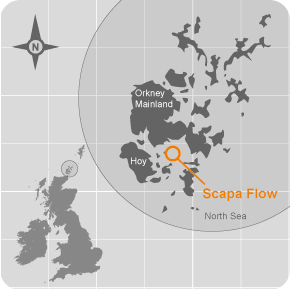 |
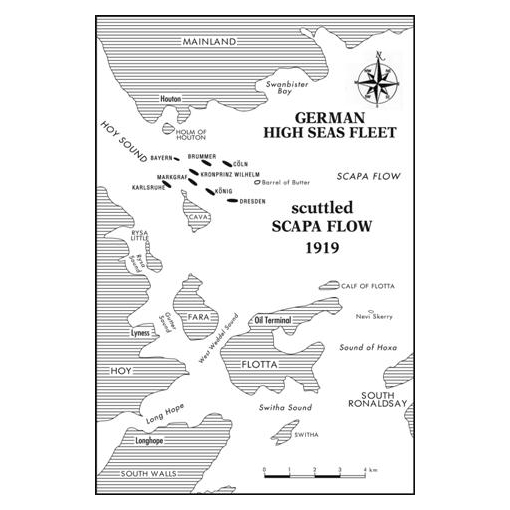 |
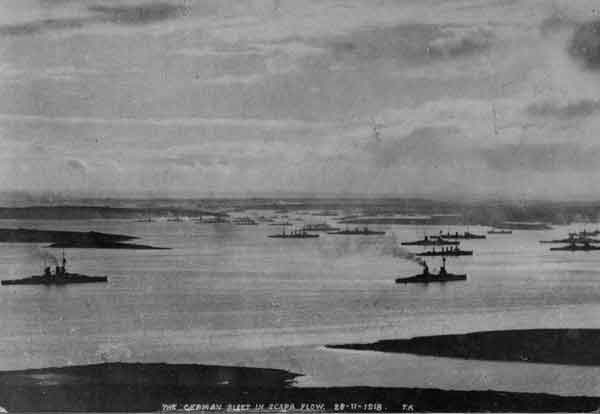 |
In the years following the war, the majority of the ships were salvaged for their steel, a process that involved refloating and removal, with the exception of three battleships (Kronprinz, Markgraf and Koenig) and four cruisers (Coeln, Brummer, Karlsruhe and Dresden) that are still lying on the bottom after nearly 100 years. The remains of these ships are between 20 and 45 metres deep and are accessible by a boat trip of about 30 to 45 minutes from the small port town of Stromness. The diving season is from April to September, the water is cold (dry suit essential), water visability not great (usually less
than 10 metres), the light low at depth and the bottom silty.
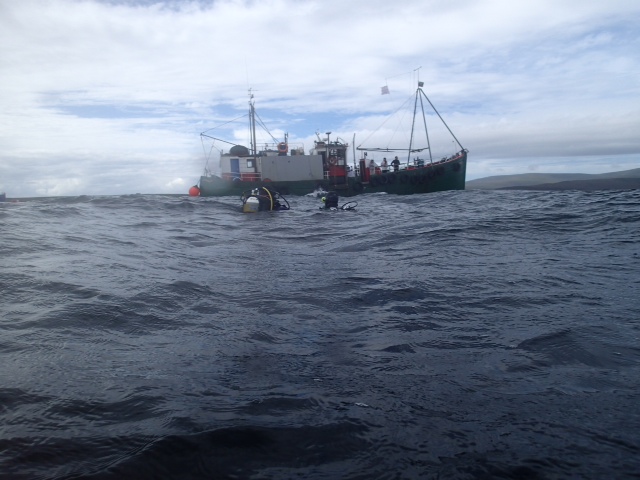 |
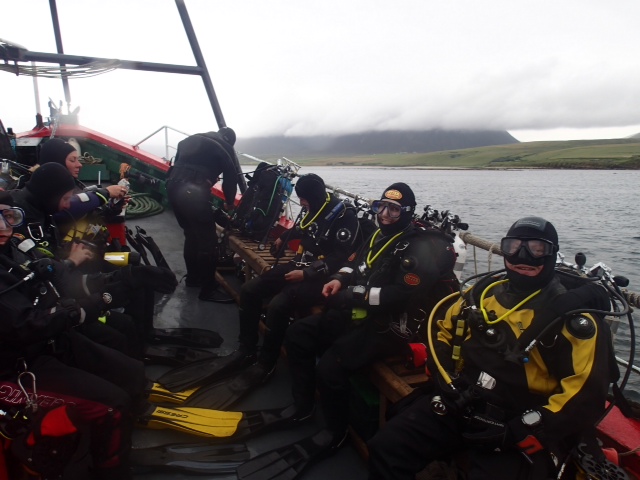 |
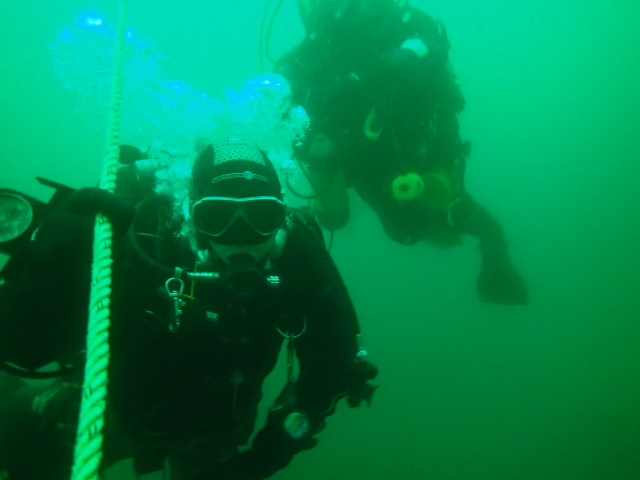 |
guides who emphasised safety and knew where to go, important considerations.
Most divers come in dive club groups with their own gear and charter the dive boats. In my case, being as an individual without gear, I dived with a dive shop ( www.scapascuba.com) in Stromness who provided all the gear, a place on the dive boat, and experienced dive
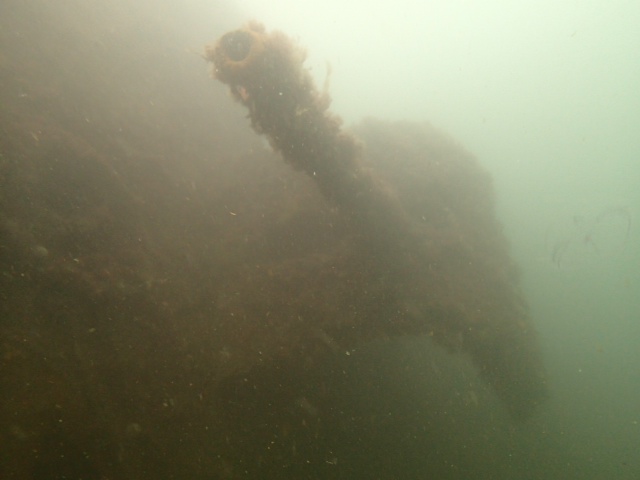 |
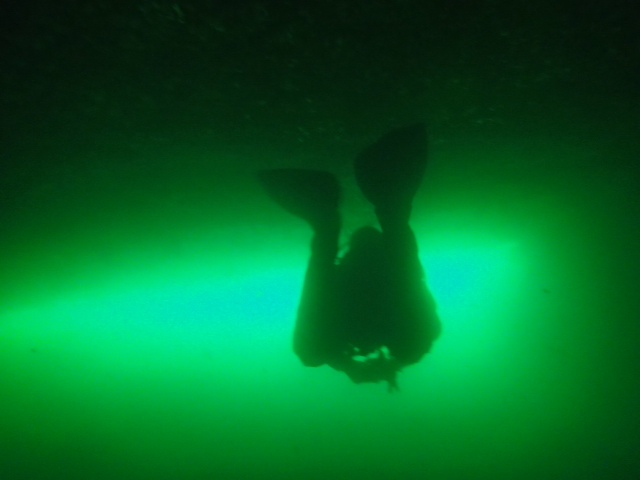 |
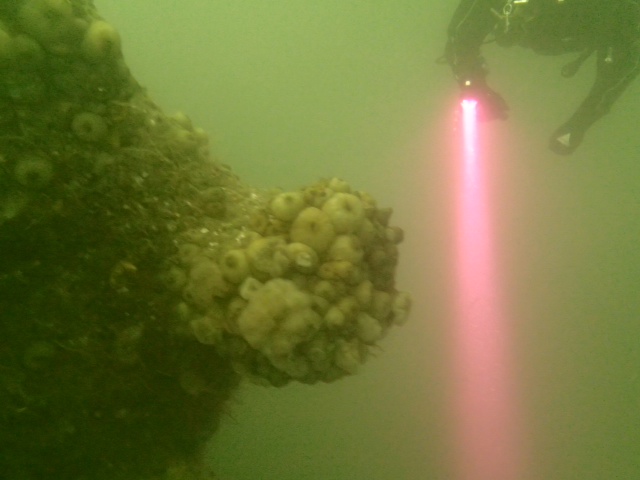 |
depth and silt on the bottom penetration should only done with extreme care.
The four cruisers lie at 90 degrees on their sides and are thus easier to recognise. Because all the ships are so large and relatively deep, it is impossible to see or cover the whole of any them on a single dive. Two dives per day are the norm. In the course of a week it is possible to dive all the wrecks at least once. All have been subjected to some partial salvage, and after nearly 100 years the cruisers in particular are starting to break up. Nevertheless they are still impressive. Because of the state of the wrecks, the visibility,
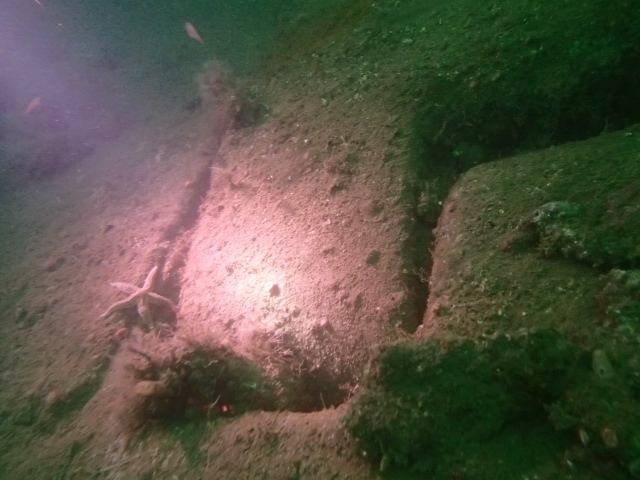 |
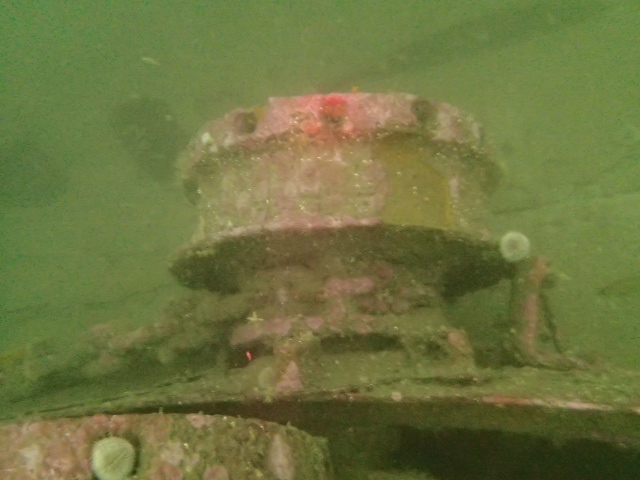 |
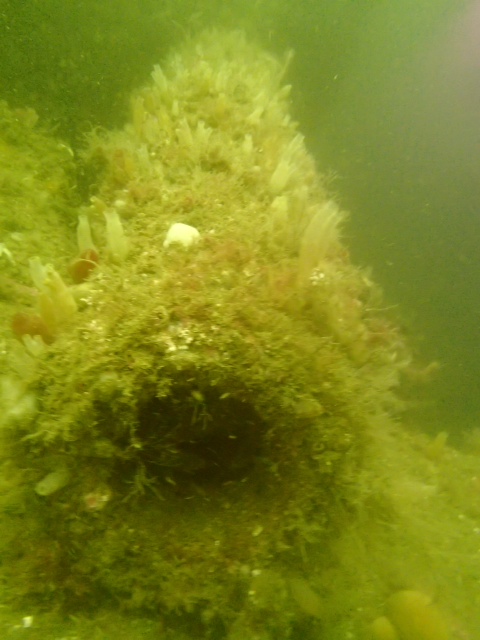 |
August 2013
 South West of WA
South West of WA Scapa Flow
Scapa Flow